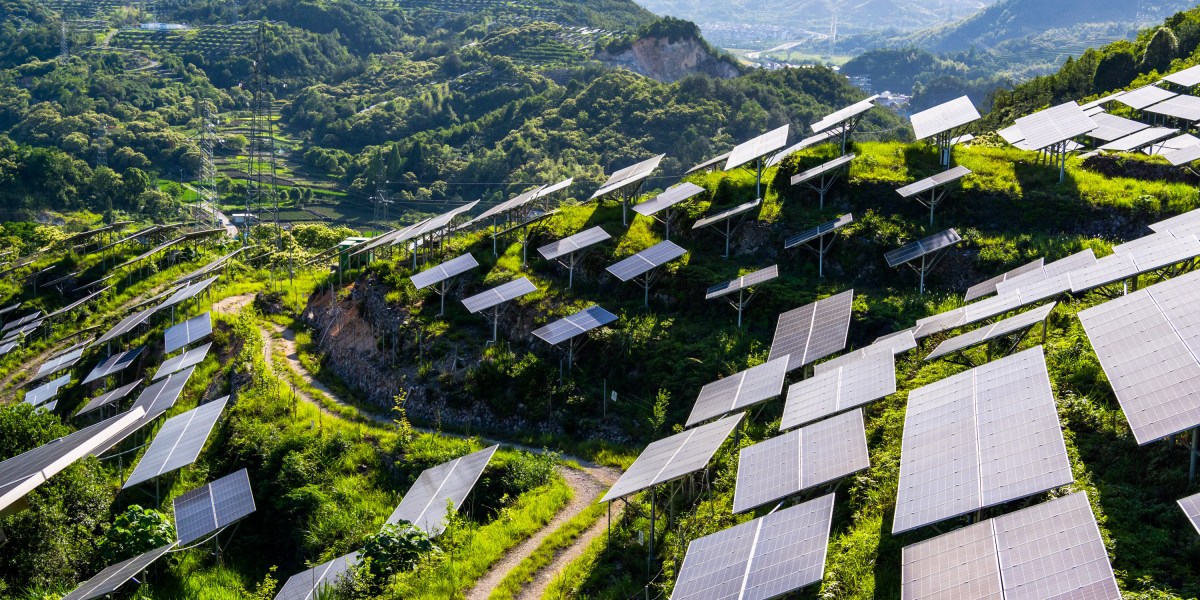This is a comment I get all the time on the topic of climate change, both in conversations and on whatever social media site is currently en vogue. Usually, it comes in response to some statement about how the US and Europe are addressing the issue (or how they need to be).
Sometimes I think people ask this in bad faith. It’s a rhetorical way to throw up your hands, imply that the US and Europe aren’t the real problem, and essentially say: “if they aren’t taking responsibility, why should we?” However, amid the playground-esque finger-pointing there are some undeniable facts: China emits more greenhouse gases than any other country, by far. It’s one of the world’s most populous countries and a climate-tech powerhouse, and its economy is still developing.
With many complicated factors at play, how should we think about the country’s role in addressing climate change?
China’s emissions are the highest in the world, topping 12 billion tons of carbon dioxide in 2023, according to the International Energy Agency.
There’s context missing if we just look at that one number, as I wrote in my latest story that digs into recent global climate data. Since carbon dioxide hangs around in the atmosphere for centuries, we should arguably consider not just a country’s current emissions, but everything it’s produced over time. If we do that, the US still takes the crown for the world’s biggest climate polluter.
However, China is now in second place, according to a new analysis from Carbon Brief released this week. In 2023, the country exceeded the EU’s 27 member states in historical emissions for the first time.
This reflects a wider trend that we’re seeing around the world: Developing nations are starting to account for a larger fraction of emissions than they used to. In 1992, when countries agreed to the UN climate convention, industrialized countries (a category called Annex I) made up about one-fifth of the world’s population but were responsible for a whopping 61% of historical emissions. By the end of 2024, though, those countries’ share of global historical emissions will fall to 52%, and it is expected to keep ticking down.
China, like all nations, will need to slash its emissions for the world to meet global climate goals. One crucial point here is that while its emissions are still huge, there are signs that the nation is making some progress.

